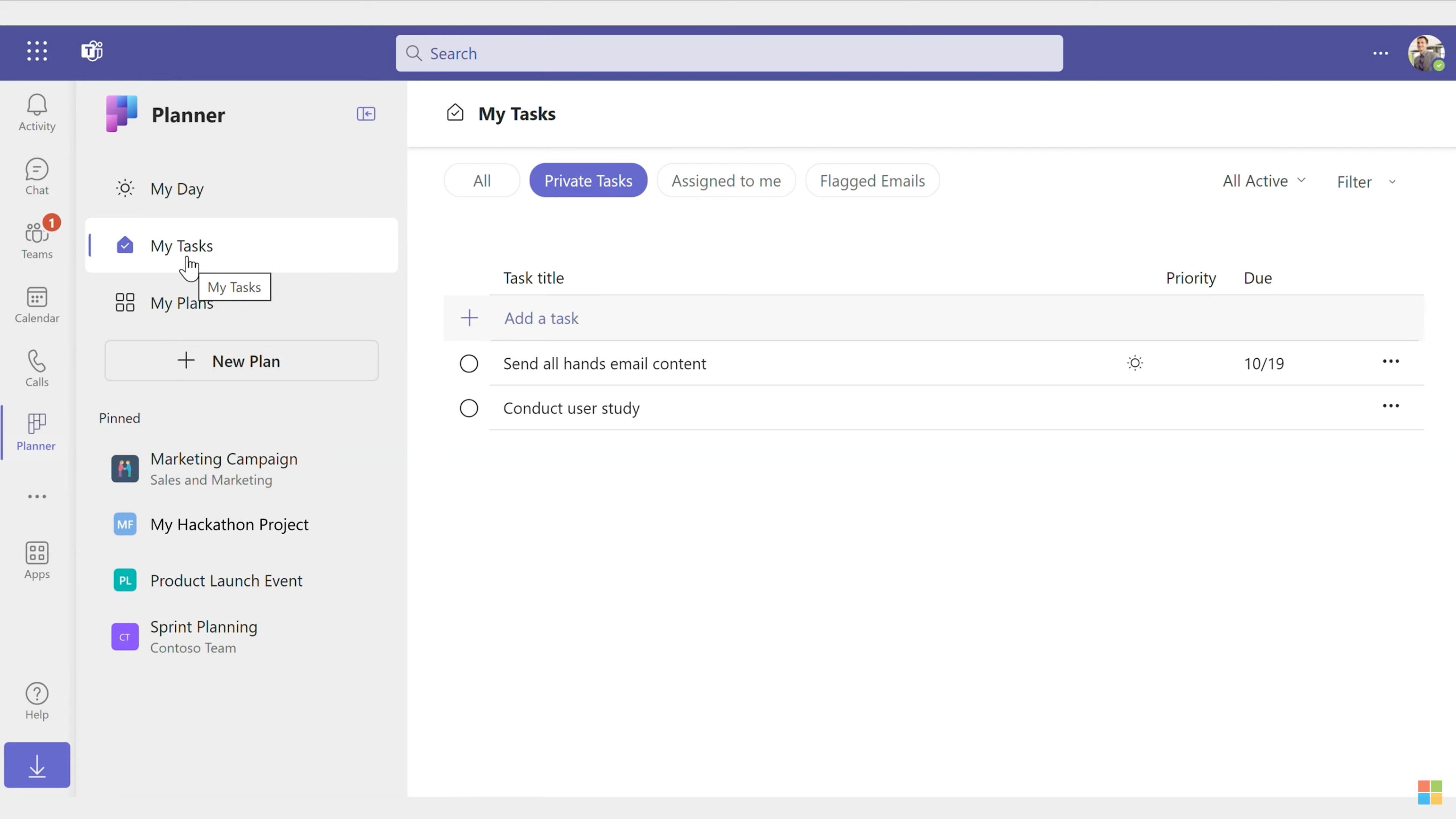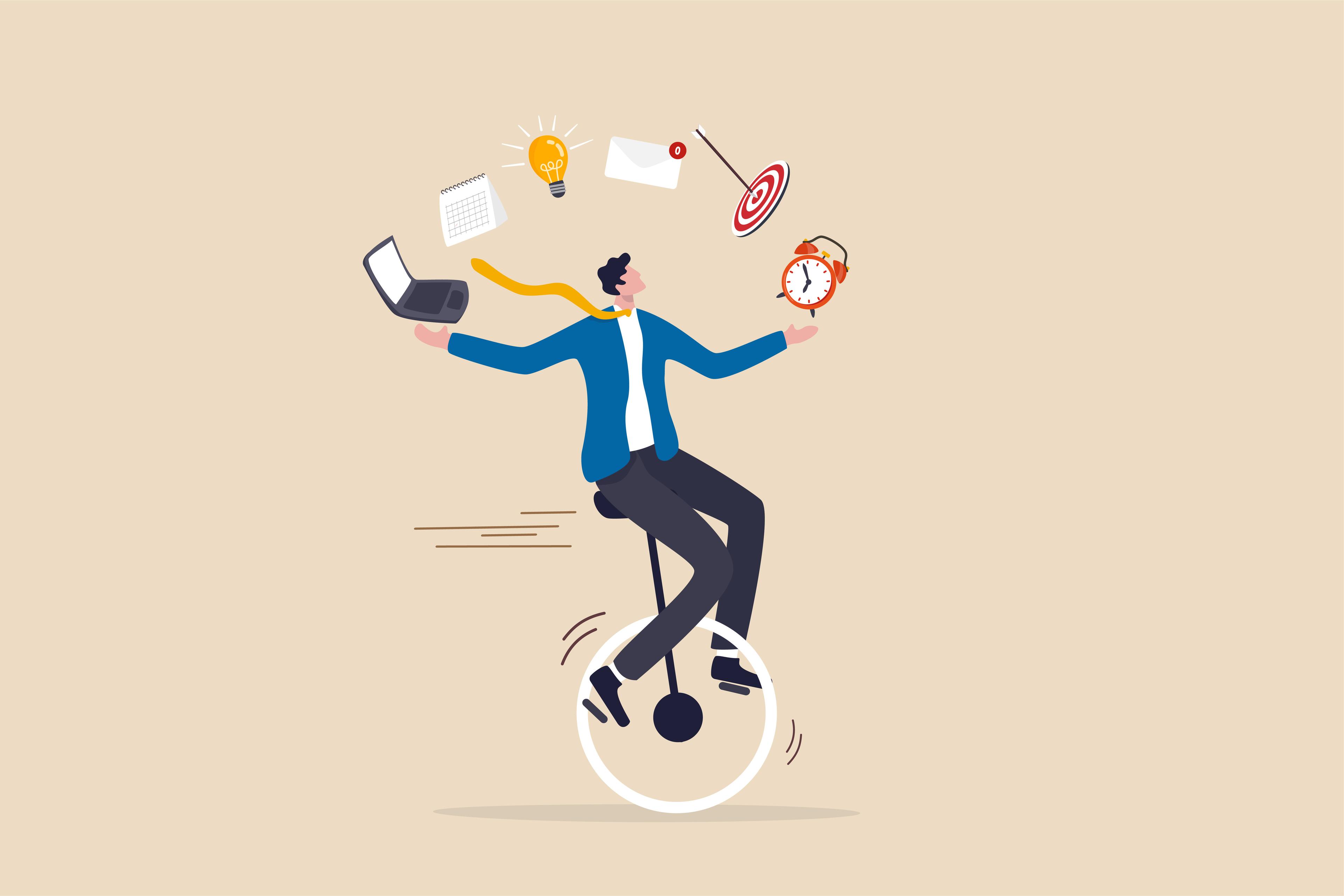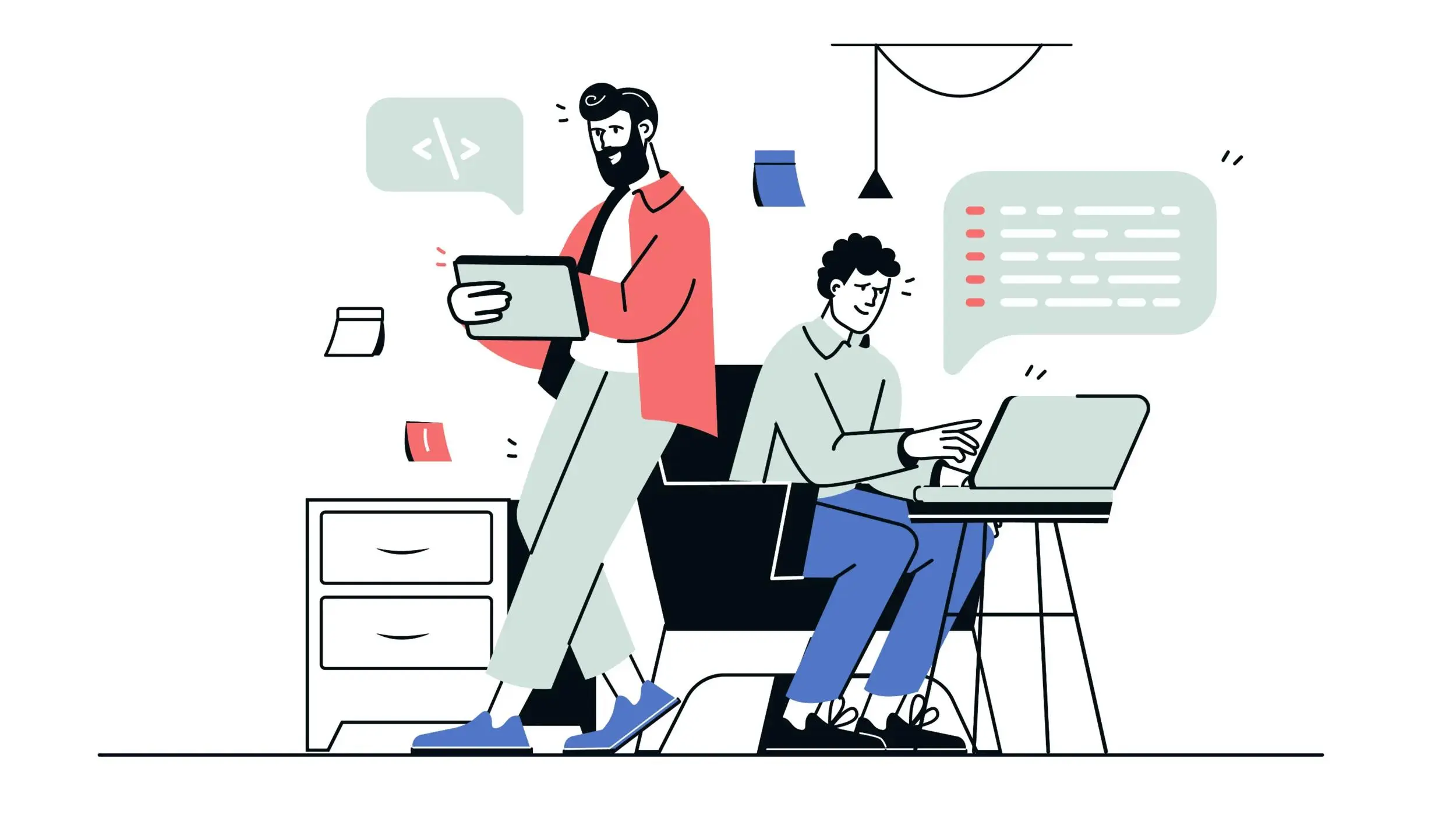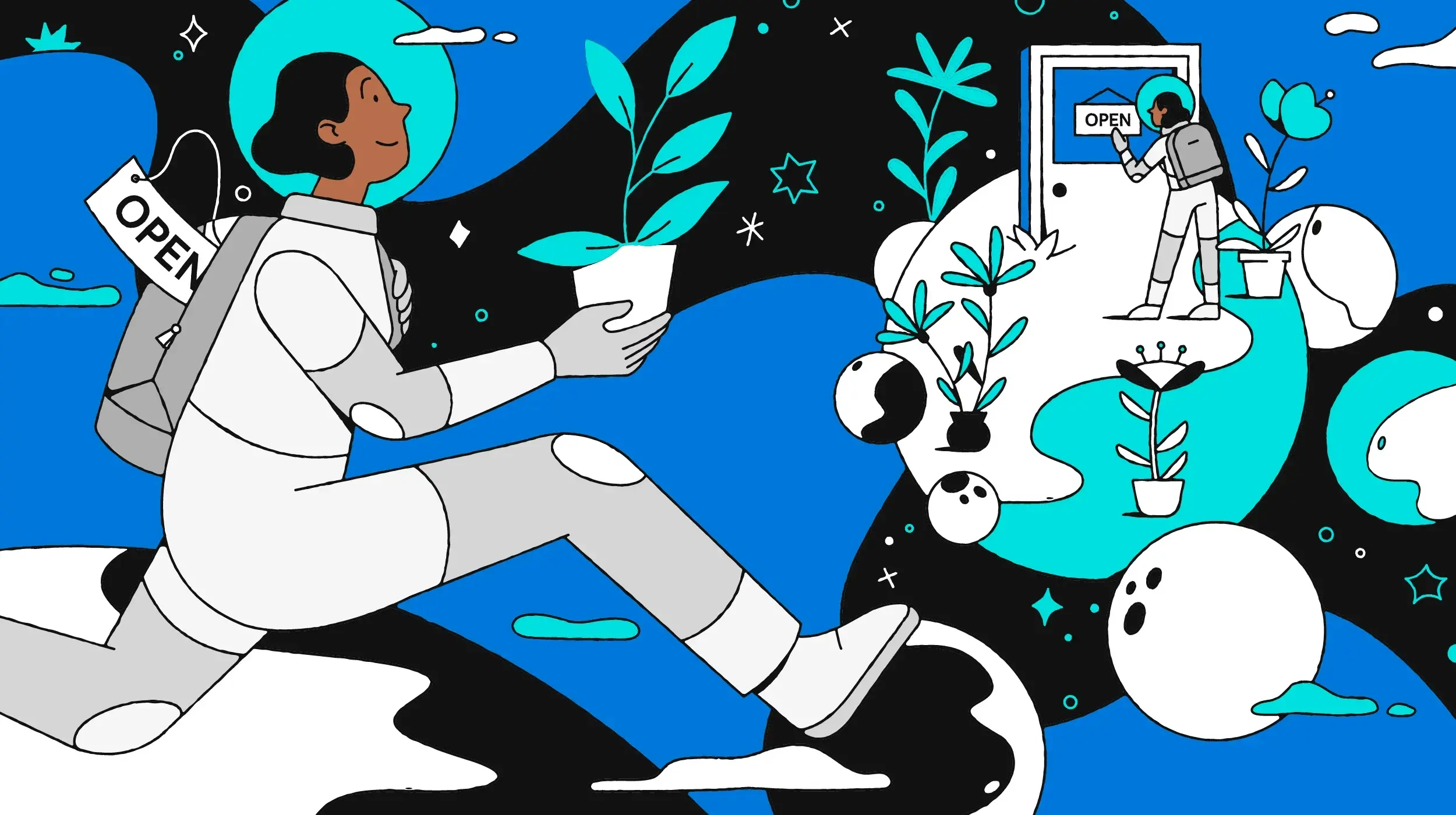We all strive to get the most out of our workday, but juggling between endless to-do lists and multitasking often leads to burnout rather than increased efficiency. The secret to success isn’t cramming more into your schedule—it’s about smarter time management and focusing on the right tasks at the right time.
Productive people understand the value of prioritizing and using proven productivity tips, such as creating structured to-do lists and setting clear goals, to accomplish more in less time. Learning to balance your energy and attention will help you not only increase productivity but also reduce stress throughout the day.
Incorporating these strategies into your routine can transform your workday, making you feel more accomplished and less drained. From eliminating unnecessary multitasking to implementing practical time management techniques, you’ll be able to tackle your tasks with focus and purpose.
The goal is to work smarter, not harder, so you can spend less time feeling overwhelmed and more time being truly effective at what you do best. By doing so, you’ll cultivate a healthier approach to work, prevent burnout, and become the productive person you’ve always aspired to be.
Ready to become one of the most productive people at work? Let’s delve right in, shall we?
Understanding productivity at work
What is work productivity?
Work productivity measures how efficiently tasks are completed within a specific timeframe, reflecting the effectiveness of processes, tools, and employee efforts in achieving desired outcomes. It’s about maximizing both time and resources, whether in a traditional office setting or during remote work.
Why is productivity important in the workplace?
High productivity drives profitability, boosts employee morale, and enhances overall workplace productivity. It minimizes wasted time and resources, enabling organizations to achieve their goals while promoting a healthy work-life balance for employees. By streamlining workflows and implementing useful templates, businesses can save extra time and foster a positive work culture.
Key factors affecting work productivity
Physical environment
A well-structured physical workspace, including optimal lighting, temperature, and ergonomic design, is essential for maintaining energy levels and comfort. This can minimize time-consuming distractions, helping employees to enter deep work states and complete tasks more effectively.
Disorganized digital folders
Cluttered digital storage can disrupt workflows and waste valuable time. Implement structured templates and cloud storage solutions to ensure easy access to important tasks, reducing the amount of time spent searching for files and improving overall productivity.
Workload management
Effectively managing workloads is crucial for maintaining a balanced daily schedule and avoiding burnout. Prioritize important tasks and consider tools that track progress and send timely notifications to keep teams on schedule and aligned with organizational goals.
Mindset and motivation
A positive mindset is vital for workplace productivity. Establish clear goals, engage in brainstorming sessions to unlock creative potential, and celebrate small wins to maintain motivation. Regularly incorporate self-care practices to ensure sustained energy levels throughout the workday.
Strategies on how to be more productive at work
Prioritize your tasks
Prioritizing your tasks is crucial for ensuring that you focus on high-impact activities that contribute the most to your goals. Begin by organizing your tasks according to urgency and importance.
Not everything is important. It is crucial to come up with a grading criteria to organise and prioritize your to-dos. Otherwise, you’ll end up doing everything and nothing at the same time.
The Eisenhower Matrix is a popular method that helps categorize tasks into four quadrants: urgent and important, important but not urgent, urgent but not important, and neither urgent nor important. This approach minimizes procrastination and helps you complete essential tasks without getting distracted by less important activities.
For example, at the start of each day, identify your top three tasks that will significantly impact your work. Set aside time blocks dedicated to tackling these priorities, and only move on to other activities once these tasks are complete. By creating a clear focus, you can avoid the stress of an overwhelming to-do list and increase overall efficiency.
Use Productivity tools and apps
Leverage productivity tools and apps to streamline workflows and optimize how you manage tasks. Platforms like Todoist, Asana, and Microsoft To-Do help organize tasks, set reminders, and track progress. These tools can also integrate with other software to automate repetitive tasks and reduce manual efforts, freeing up time for more strategic work.
Microsoft 365 can reduce IT team workloads by 4 hours per week, save each user 1 hour weekly, and provide a 163% return on investment within three years.
For example, using apps such as Microsoft 365 can improve collaboration through its suite of tools like Teams, as well as other features like shared documents and calendars. By reducing time spent on administrative work, you can focus more on high-value tasks. Implementing such tools not only improves individual productivity but also fosters team efficiency, making it easier to achieve business objectives.
Manage your time effectively - Pomodoro Method
The Pomodoro Method is an effective time management technique that helps you maintain focus and productivity throughout your workday. This method involves breaking your work into 25-minute intervals, known as "Pomodoros," followed by a short 5-minute break.
After four Pomodoros, take a longer break of 15-30 minutes. By setting a timer for each interval, you create a sense of urgency that can motivate you to complete tasks more quickly. This structured approach not only helps reduce procrastination but also allows you to assess how much time different activities require, which aids in better planning and prioritization.
Implementing the Pomodoro Method can significantly improve your productivity by preventing burnout and encouraging regular breaks. This method is especially helpful for tasks that require deep focus, such as writing or coding. It keeps you refreshed and ensures that your mind remains sharp, making it easier to tackle complex projects with increased efficiency.
Limit distractions at work
Distractions can severely hinder your productivity by breaking your concentration and causing you to lose valuable time. To limit distractions, consider creating a dedicated workspace free from unnecessary interruptions. Use tools like website blockers to restrict access to social media and other distracting sites during working hours. Another strategy is to set boundaries with colleagues by communicating when you’re available for discussions and when you need focused time.
Noise-canceling headphones can also help drown out background noise in a busy office environment, allowing you to stay focused on your tasks. Personally, i decided to go for Loop earplugs instead of headphones. I’m still able to hear what’s going on around me while having sharp and intense sounds muffled.
By proactively managing your environment and minimizing interruptions, you can ensure that your work hours are spent efficiently, ultimately boosting your overall productivity.
Take regular breaks
Regular breaks are essential for maintaining productivity and preventing burnout. Short breaks throughout the day help your mind stay fresh and reduce mental fatigue.
Techniques such as the 20-20-20 rule, where you look at something 20 feet away for 20 seconds every 20 minutes, can help relieve eye strain and refocus your mind. Similarly, taking a brief walk during your lunch break can rejuvenate you and boost your creativity.
Breaks also give you the opportunity to step away from your workspace and come back with a renewed perspective, which is especially beneficial when tackling challenging tasks. Incorporating scheduled breaks into your routine ensures that you stay productive over long periods without compromising your well-being.
Stay organized
Staying organized is essential to maintaining productivity at work. Begin by decluttering your workspace and arranging your tools and materials for easy access. A clean and well-structured environment reduces distractions and allows you to focus more effectively on your tasks. Additionally, adopting organizational tools like calendars, task management apps, and digital note-taking platforms helps streamline your workflow.

For instance, using an app like Microsoft Planner can help you create and prioritize tasks, set reminders, and track progress, ensuring that nothing slips through the cracks. By staying organized, you not only save time but also reduce stress, making it easier to achieve your goals.
Effective organization also includes planning your day in advance and breaking down larger projects into smaller, manageable tasks. This approach helps prevent overwhelm and gives you a clear roadmap of what needs to be accomplished.
Maintaining a to-do list or utilizing project management software like Asana can be a great way to visualize your progress and stay on top of deadlines. When you are well-organized, you have more mental bandwidth to focus on creative problem-solving and high-priority tasks.
Develop healthy habits - sleep, diet, exercise
Developing healthy habits such as getting adequate sleep, maintaining a balanced diet, and engaging in regular exercise significantly impacts your productivity levels. Proper sleep enhances cognitive functions like memory and decision-making, allowing you to tackle complex tasks with greater efficiency.
Eating nutritious meals throughout the day provides sustained energy, preventing mid-afternoon slumps that often lead to decreased focus. Exercise, whether it’s a morning run or a quick walk during lunch, boosts endorphin levels, reducing stress and improving your mood.
Incorporating these healthy habits into your daily routine helps create a solid foundation for sustained productivity. For example, starting your day with a nutritious breakfast and a brief exercise session can set a positive tone for the entire day. Moreover, taking short breaks for healthy snacks or quick stretches helps prevent burnout and keeps you energized, leading to improved work performance and overall well-being.
I personally workout 5 times a week and do meal prep for most of my meals. And what I’ve found is that these days, my mind is a lot lighter and clearer compared to when I wasn’t taking care of myself
Build healthy work relationships
Building healthy relationships at work is crucial for creating a positive and collaborative environment. Strong interpersonal connections promote open communication and trust, making it easier to share ideas, ask for help, or resolve conflicts.
Establishing good relationships with colleagues also leads to a more supportive atmosphere, which enhances job satisfaction and reduces stress. Make an effort to engage with coworkers by participating in team-building activities or taking time to check in with them personally.
Positive relationships at work encourage teamwork and collaboration, resulting in higher productivity and better outcomes. When you feel comfortable and supported by your peers, you’re more likely to contribute actively and take on new challenges. Additionally, a culture of mutual respect and understanding within a team fosters innovation, as people feel safe to voice their thoughts and experiment with new approaches.
Constant learning and growth for higher productivity
Embrace continuous learning
To remain productive and competitive in the workplace, embracing continuous learning is essential. This involves staying up-to-date with the latest industry trends, technologies, and methodologies. Whether through formal education, online courses, or attending workshops, expanding your knowledge base enhances your ability to adapt to new challenges and contribute innovative ideas.
For example, learning new software or acquiring a certification can open up opportunities for greater efficiency and mastery in your tasks, making you a more valuable asset to your team.
Incorporating learning into your daily routine can be as simple as dedicating 15 minutes each day to reading articles, listening to industry podcasts, or participating in webinars. By fostering a habit of learning, you not only expand your skill set but also develop a growth mindset. This mindset encourages resilience and problem-solving, allowing you to tackle complex projects with confidence and creativity. Ultimately, committing to continuous learning enables you to stay ahead in a fast-paced work environment.
Seek feedback and improve
Seeking feedback is a powerful way to enhance productivity and personal development. Regularly asking for constructive criticism from peers, managers, or mentors helps you identify areas for improvement that might not be evident on your own.
Actively listening to feedback and implementing changes demonstrate a willingness to grow, which fosters a culture of openness and collaboration in the workplace. For instance, incorporating suggestions from your team on optimizing workflow processes can lead to increased efficiency and fewer bottlenecks.
Acting on feedback requires an open mindset and a focus on long-term improvement. Instead of viewing feedback as criticism, treat it as an opportunity to fine-tune your skills and performance.
Whether it’s improving communication, refining technical abilities, or better managing time, taking feedback seriously helps you elevate your work quality. Over time, consistently seeking and applying feedback contributes to your overall career growth and positions you as a proactive and adaptable professional.
Overcoming common productivity issues at work
How to deal with procrastination?
Procrastination is a common hurdle that can significantly impact productivity. To overcome it, break down large tasks into smaller, manageable parts and set clear deadlines. Utilizing time management techniques like the Pomodoro Method can also help maintain focus by encouraging short bursts of intense work followed by brief breaks. Focusing on one task at a time and setting specific, achievable goals reduces the feeling of being overwhelmed and helps maintain steady progress.
Managing stress for better productivity
High levels of stress can severely impact your productivity and overall well-being. To effectively manage stress, consider organizing your to-do list by prioritizing tasks and setting realistic goals to prevent overwhelm.
Utilize time management strategies like the Pomodoro Technique to structure your workday into focused intervals, allowing for regular breaks. Minimize multitasking to maintain clarity and focus, and include relaxation techniques such as deep breathing or mindfulness exercises to enhance mental clarity. Creating a structured workspace, free from distractions, can help you stay focused and tackle different types of work more efficiently throughout the day.
Balancing work-life for optimal productivity
Achieving a balanced work-life approach is crucial for sustained productivity and avoiding burnout. Establish clear boundaries between work and personal time by designating specific hours for each, and avoid checking emails or working outside these periods.
Use productivity tips like scheduling time for hobbies and exercise to recharge and remain focused. At the end of the day, engaging in activities with family and friends can provide the mental reset needed to increase productivity during the next workday. A well-balanced routine improves job satisfaction, helping you become a more productive person overall.
Making the most of your workday
Transforming your workday to become more productive involves adopting practical strategies like using a structured to-do list, avoiding multitasking, and mastering time management techniques.
Approaches such as the Pomodoro Technique and other proven productivity tips can help you stay focused, reduce burnout, and handle different types of work more effectively. Learning how to be more productive means identifying the right strategies to increase productivity and maintain energy levels throughout the day. By integrating these methods, you’ll not only tackle your tasks more efficiently but also feel more accomplished by the end of the day.
To further optimize your workflow, consider signing up for a Microsoft 365 plan with GoDaddy. M365 offers powerful productivity tools for both personal and professional use, allowing you to seamlessly manage your to-do lists, schedule your time, and collaborate more effectively.
Start using Microsoft 365 to gain full control of your digital workspace, streamline your processes, and transform how you work every day.







